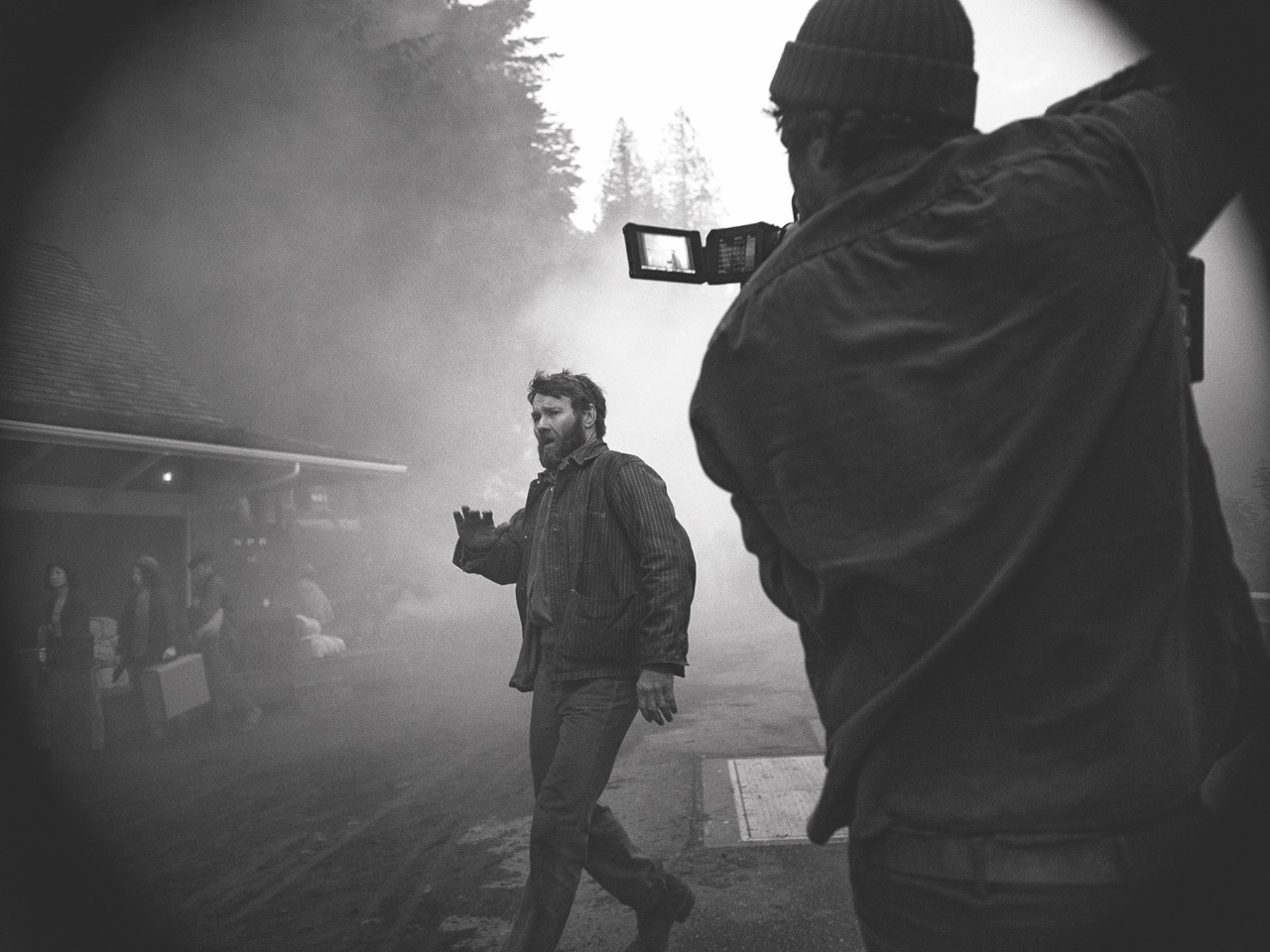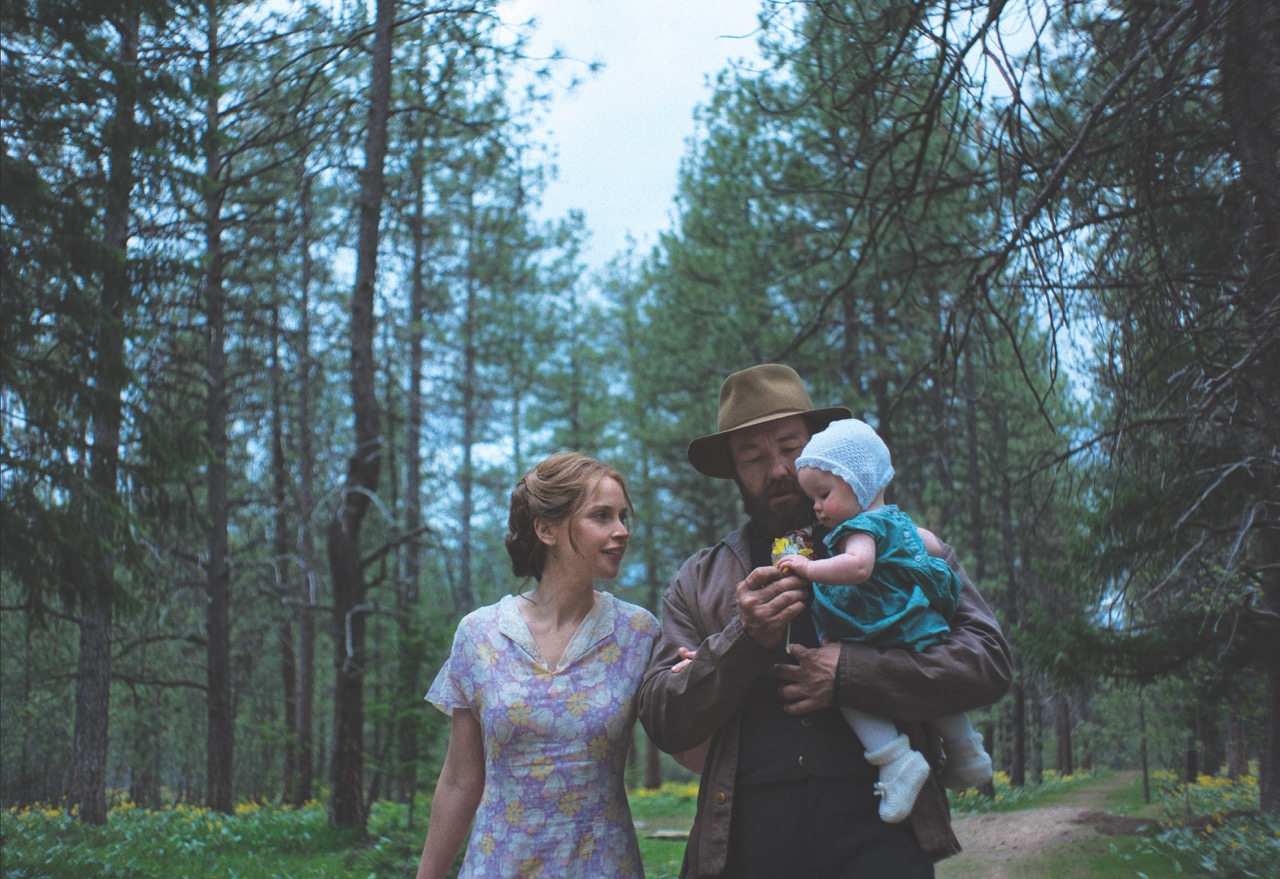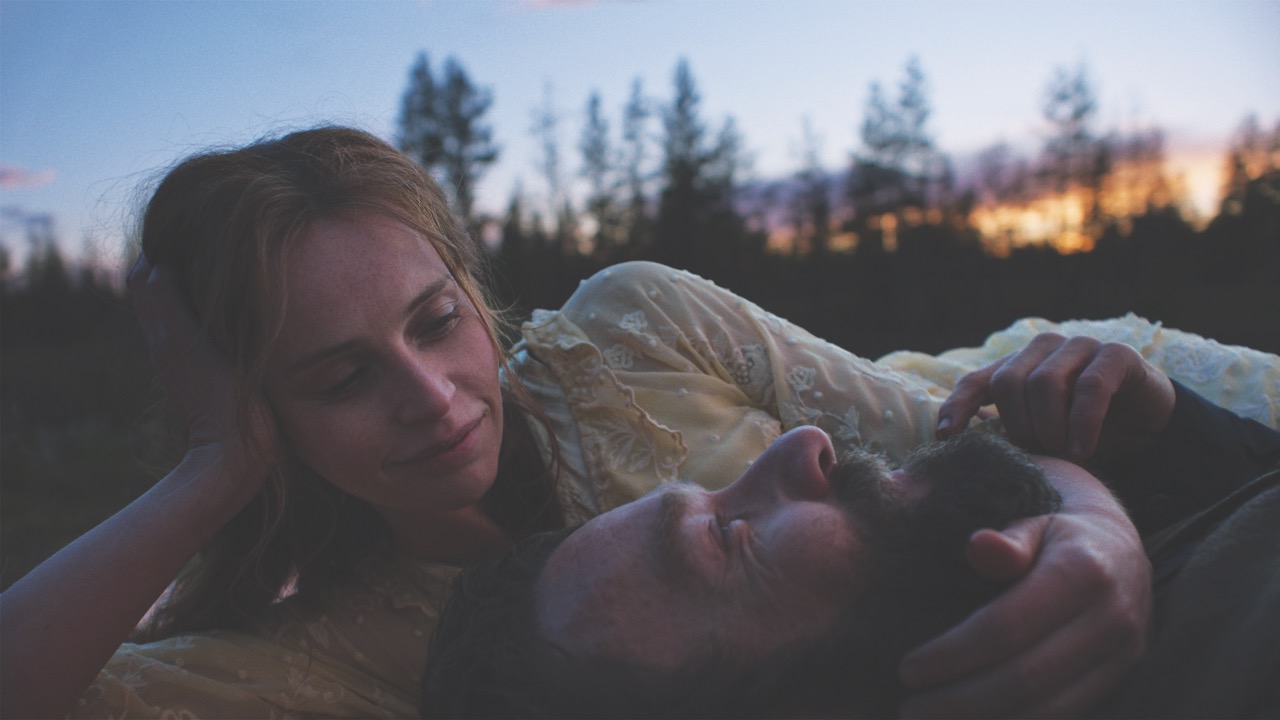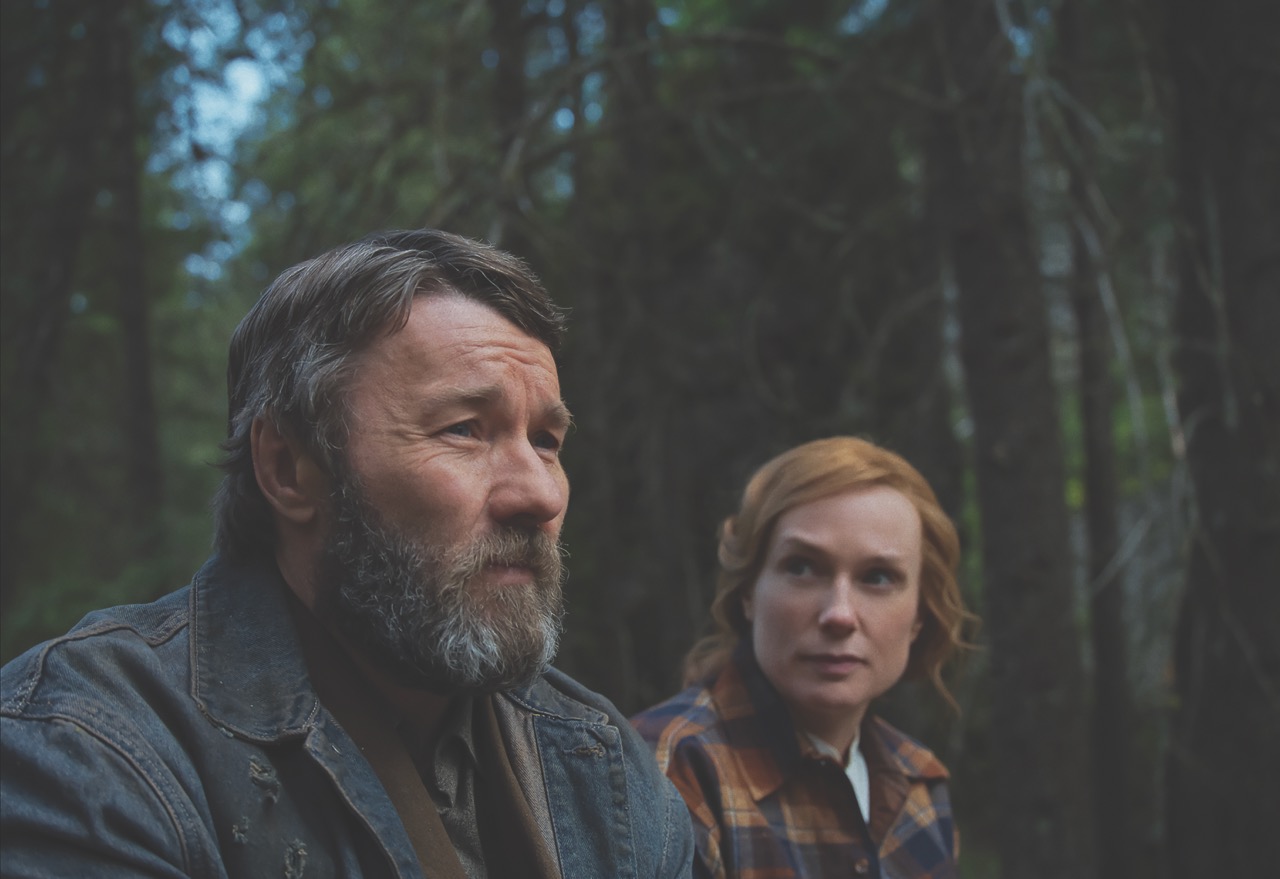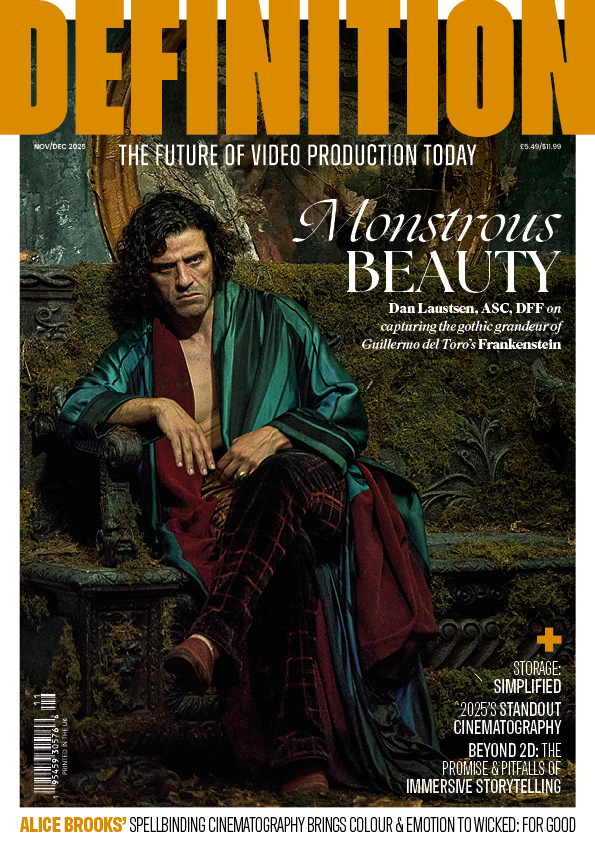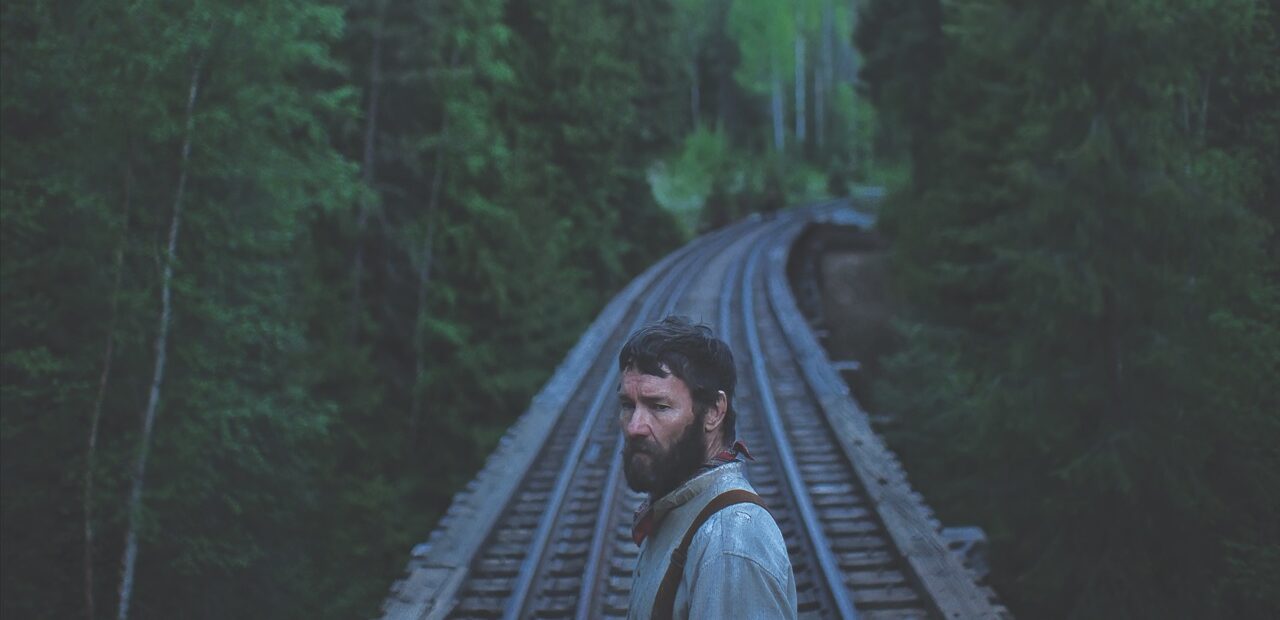
Production: Train Dreams
Posted on Oct 8, 2025 by Admin
DOP Adolpho Veloso, ABC, AIP talks embracing the natural world in Train Dreams
Words Katie Kasperson | Images Netflix
Set around the turn of the 20th century, Clint Bentley’s Train Dreams follows Robert Grainier, an American logger and railroad labourer who lives an ordinary life. In fact, it’s much like the life of a cinematographer. “Grainier goes to a place to work and spends a few months there, completely disconnected,” begins DOP Adolpho Veloso, ABC, AIP. “You live very intensely and then you come back. You almost feel like your life is more the life you live away from home.”
Adapted from Denis Johnson’s 2011 novella, Train Dreams documents the everyday existence of men like Grainier, focusing on the emotional demands of manual labour as much as the physical ones. In his youth, Grainier witnesses the casual murder of a Chinese immigrant; and this guilt envelops him as he waits for karmic retribution. It eventually comes when his wife and young daughter die in a forest fire, destroying the home they built and all that Grainier has to live for.
“Sometimes it can be hard to connect with characters that lived in a different age or environment from you,” Veloso admits. “How can we be immersed in this character’s feelings? How can we be close to him and make the audience feel what he’s feeling throughout his life?”
Immersing the audience
To make the film feel more relatable, Veloso – who previously worked with Bentley and screenwriter Greg Kwedar on Jockey (2021) – took a naturalistic approach, staying faithful to the land and the lighting as much as possible. “99% of the movie was shot on location,” he explains, with most of that taking place in Western Washington. “The cabin set was built by our amazing production designer, Alex Schaller, and we only filmed one scene on a volume.”
“Besides that,” Veloso continues, “we embraced everything we could in terms of lighting and weather. If it was raining, we would embrace the rain; if it was sunny, we would embrace the sun.” While he and the crew planned what they could in advance, they also made spontaneous decisions when the moment called for it. “It’s always great to take advantage of weather, nature, an animal – whatever the forest would give us. If you’re not looking, you’ll miss so many magical things.”
In Train Dreams, nature is more than a setting; “it’s also a character,” says Veloso, “and it’s so influential. We’re exploring how humans impact nature, but also how nature affects humans in return. It’s a central theme of the movie.” He added the occasional few frames of trees falling and posed inserts of the labourers with their timber.
“Those shots are saying, ‘This is also a main character. This also has a voice – an important voice – and we should listen to it’.”
Single-camera set-up
With scenes frequently taking place at night – and a few around a campfire – Veloso again opted for authenticity, using ‘real fire, candles’ and other practical light sources. Using the ARRI ALEXA 35 with ZEISS Super Speeds, he was able to ‘shoot with almost no light’. For daytime scenes, Veloso switched to Kowa Cine spherical lenses; “they’re slow but have beautiful bokeh, flares and worked really well.”
Keeping to a single camera, Veloso often switched between handheld and static. While this was meant to mirror Grainier’s life – from the excitement of starting a family to the isolation he feels in the fire’s aftermath – he would make a change if the scene felt off. “Some choices are related to what the scene is supposed to make us feel,” he explains. In general, for Grainier’s childhood, “we wanted the camera not to move at all and feel like a still image. As he becomes a bit older, the camera follows what he’s living,” Veloso describes. “Those moments with his wife are organic; we’re following his lightness. Then, when he’s around death and grief, that changes.”
Scheduling proved a challenge. “A lot of the locations were amazing, but very far away, so we would lose a chunk of the day just getting there,” he admits. With Train Dreams also being tied to its time period, the crew had to take extra care when setting up scenes, so as to avoid any contextual inconsistencies. “That meant not being able to have a 360° camera,” says Veloso, who wanted ‘the ability to turn the camera around’ as much as possible – but prioritised working in an uncontrolled environment.
Plane dreams
Train Dreams borrows its visual language from an amalgamation of influences – not just the source material. “We did talk a lot about Dorothea Lange’s pictures, especially during the Great Depression,” recalls Veloso. “She did an amazing job of capturing the beauty within chaos and sadness and grief – the way she isolates characters, framing them in corners and on edges. We wanted to try and do the same.” Veloso also credits Tarkovsky’s filmography as an inspiration, drawing from his greatest hits like Stalker, Mirror and The Sacrifice, all of which also deal with humanity’s relationship to nature.
“We watched a lot of real footage from the time too – whatever we could find,” he shares. To represent the forest fire as faithfully as possible, he turned to news clips and contemporary videos.
Train Dreams follows Grainier through the late sixties, demarcating the passage of time through environmental changes and technological breakthroughs – such as the aeroplane. And in his old age, he takes to the sky, finally getting to witness his world from above.
Train Dreams is streaming on Netflix from 21 November
This story appears in the September/October 2025 issue of Definition


